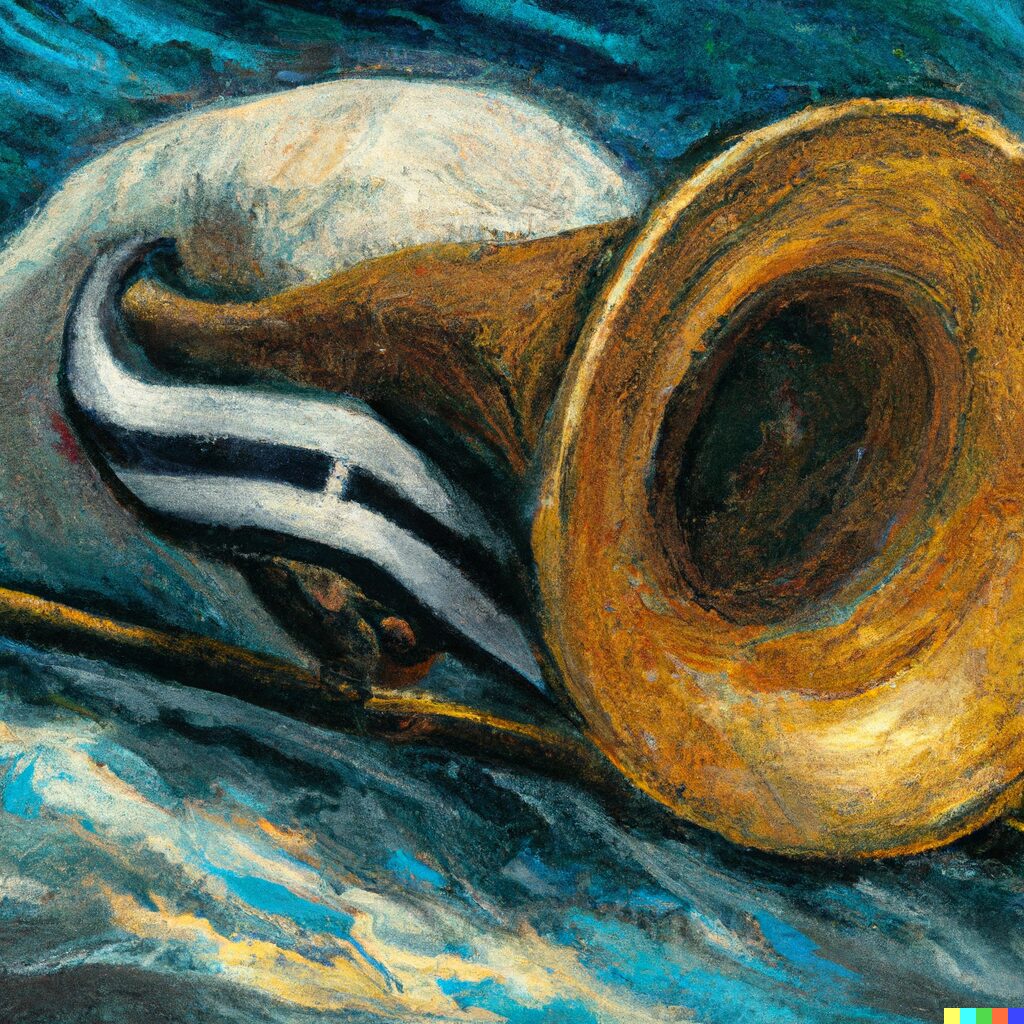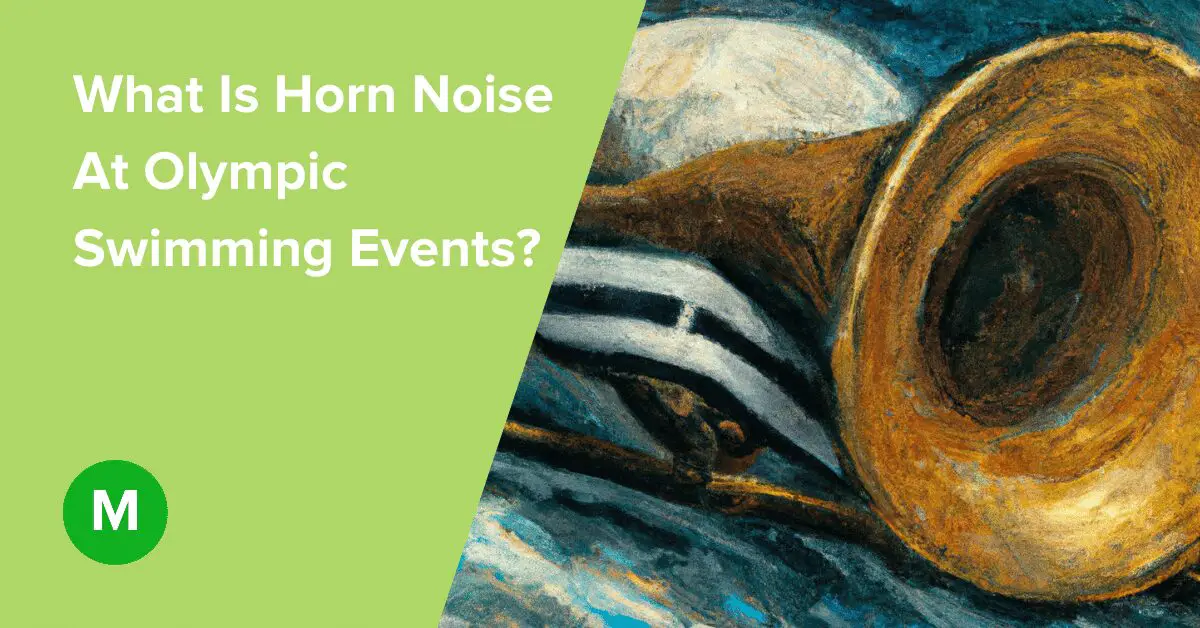What Is the Horn Noise At Olympic Swimming Events? (Mystery Solved)
Do you love the sound of an Olympic swimming horn? The sound is so mesmerizing that it’s hard not to watch. Every time I hear it, I can’t help but get excited for the race to begin.
But what is it, and what does it mean?
Key Points
- At the recent Olympics, notably the Tokyo Games, many fans and teams (Russian Federation) brought their own “air horns” to the events.
- Air horns are not used to indicate when swimmers are on their last lap as many believe and the noises heard during the swimming competition come from spectators, which is against policy.
- Air horns are not used in any “official capacity” in swim meets — starts, turns, false starts, etc. — because lifeguards specifically use air horns for emergencies.
- The noise of the air horns can be deafening in the event, and all viewers at home can hear it loud and clear on the TV.
- The “official” starter gun is very important, and the official horn is there to help keep the swimmers safe in the event of an emergency.

This blog post will discuss the history of the Olympic swimming horn noise and what it signifies for athletes and spectators alike.
The Olympic swimming starter “gun” noise: What is it, and what does it mean?
In the Olympic Games before 2012, starting pistols were still used. From 2012 onward, the electronic trigger gun became the standard for the Olympic Games.
When the trigger is pulled, the electronic starter “gun” does three things at once:
- the light flashes
- a pulse is sent to the electronic starter
- a gunshot recording is played
The sound is so distinctive that it can be heard even when there is a lot of other noise. People get excited when they hear it because a race is about to start.
Historically in parts of the South Pacific, the noise was made by a large conch shell blown into by the swimmer who wins the event.
History of the Olympic swimming starter noise
Have you ever wondered how Olympic swimming races were started historically?
The starter gun has been around since the first modern Olympics.
The first recorded use of a starter’s pistol was at the 1876 Games in Istanbul. The gun used was a French military revolver. However, this gun was ineffective because it did not make enough noise to startle the swimmers.
Greece’s Athens hosted the first modern Olympics in 1896. They decided to utilize a cannon instead of a pistol for this occasion. This worked much better and became the standard for many years to come.
Starting in 1924, the pistol began to be used instead of cannons. This was because they were much lighter and easier to transport.
Today, electronic starting pistols are commonly used. These pistols emit a loud bang, just like the old starter guns. However, they are much more reliable and less likely to fail.
When the trigger is pulled, the electronic starter “gun” does three things at once: the light flashes, the pulse is sent to the electronic starter, and a gunshot recording is played.
The swimming horn noise recently generated by crowds is not only heard at the Olympics. It is also used at major swimming competitions, such as the World Championships and Pan Pacific Games.
Hearing it at one of these events always gets your attention because you know something exciting will happen.
Why do you hear the loud noises on TV while watching Olympic swimming?
At the recent Olympics, notably the Tokyo Games, many fans and teams (Russian Federation) brought their own “air horns” to the events. The noise can be deafening in the event, and all viewers at home can hear it loud and clear on the TV.
The popularity of the air horns follows from the vuvuzela, popularized at the 2010 FIFA World Cup in South Africa.
In 2014, Brazil hosted the FIFA World Cup. During this tournament, air horns were again popular among fans.
The “official” loud noise is the starter “gun” that signals the start of the race. The sound lets the swimmers know that they need to get ready and be prepared to start swimming.
The Olympic swimming horn noise is a very important part of the race and helps keep the swimmers safe.
Air horns are not used in any “official capacity” in swim meets — starts, turns, false starts, etc. — because lifeguards specifically use air horns for emergencies.
So next time you hear the Olympic swimming horn noise in an “official capacity” on TV, remember that it is there for a very important reason! It is there to help keep the swimmers safe and to let them know when it is time to start swimming.
Final thoughts on the Olympic swimming horn noise
Undoubtedly, the Olympic swimming horn noise is integral to the spectator’s cheerleading, to the annoyance of some TV viewers.
Air horns are not used in any “official capacity” in swim meets — starts, turns, false starts, etc. — because lifeguards specifically use air horns for emergencies.
Next time you hear it on TV, remember what it means and why it is there. I hope this blog post has helped you understand the meaning of the Olympic swimming horn noise.
Do you love the sound of an Olympic swimming horn?








